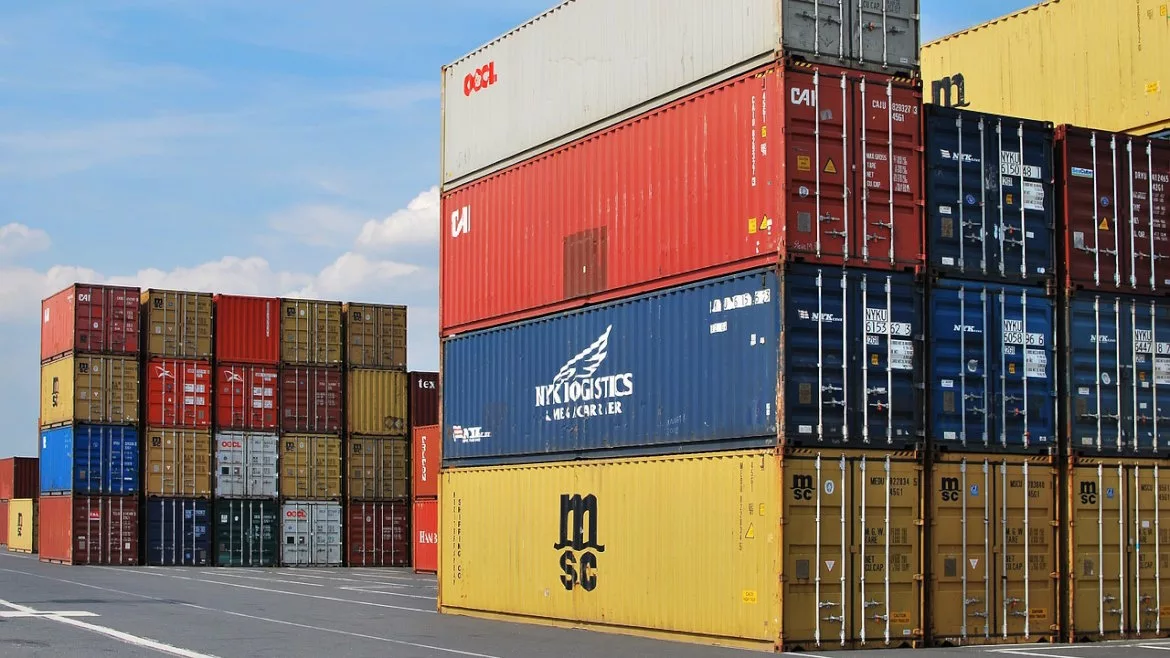The Most Critical Supply Chain Issues Today Are About Health and Safety, Not Just Availability

Supply chains enable and deliver the various products that we buy every day, and most of the time everything works out fine: customers get the products they want, when and where they want them. But sometimes something along the way goes awry, such as in recent examples like McDonald’s Quarter Pounders, Boar’s Head lunch meats, smoked salmon and frozen waffles, which have been linked to potentially deadly diseases like E. coli, listeria and salmonella.
Why does it seem like more things are being recalled? One of the main culprits is supply chain complexity. In the case of food, supply chains have been growing longer and more complicated. When the number of steps in any process increases, the number of opportunities for something to go wrong also goes up. Additionally, advances in technology have allowed our ability to detect microbial contaminants in food to progress, making it appear that outbreaks are increasing in frequency. While the U.S. is ranked near the top of all nations when it comes to food safety, it will never be perfect due to the complexity of the supply chain and the nature of contamination.
The term “supply chain” can sometimes give the impression of a simple and linear “chain” of events, when supply chains are often really more like complex webs. What then can be done to manage supply chains in an environment of complexity?
Technology: Technological advances, including predictive analytics, can help organizations across the supply chain to aggregate and visualize data, understand trends, identify problems and optimize operations. Supply chain data, when shared between partners, can provide visibility into conditions related to markets, sales and production schedules, which support forecasting and contingency planning. Internet of things (IoT) systems, cloud platforms and other analytics-driven systems enable companies to generate and share data that can paint a clearer picture of what is going on within the supply chain.
Traceability: Organizations with the capability to identify, track and trace products throughout the supply chain can combat complexity by understanding where goods are, where they have been and where they are going. This enhanced visibility can aid in troubleshooting the root causes of problems, such as recalls. Traceability can also support risk management by identifying where potential disruptions are likely to occur.
Trust: Building a team of trusted suppliers across the supply chain is key to cutting through complexity. Viewing suppliers as long-term partners fosters cooperation. This cooperation means that suppliers are more likely to be willing to share data that aids in planning and to offer extra support in difficult circumstances. Companies that are viewed as trustworthy outperform their less-trustworthy peers on metrics like market value, customer loyalty and employee motivation. Trusted suppliers demonstrate reliability and instill confidence in the integrity of the supply chain
Complexity in supply chains isn’t going away, but it doesn’t have to be a barrier to effective supply chain management. By leveraging technology, enhancing traceability and building trust, organizations can tame the complexity of modern supply chains.
Looking for a reprint of this article?
From high-res PDFs to custom plaques, order your copy today!









